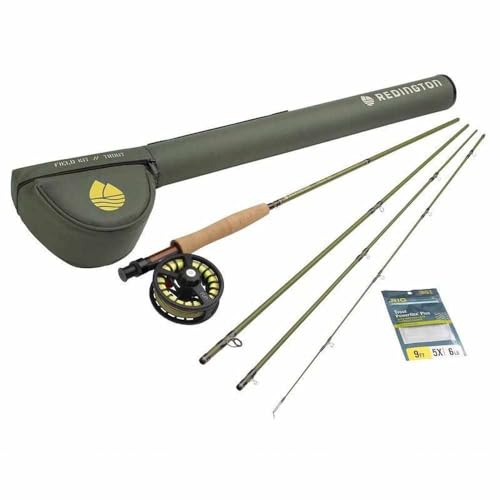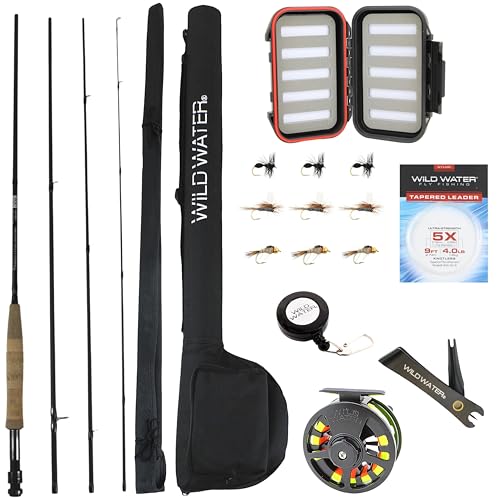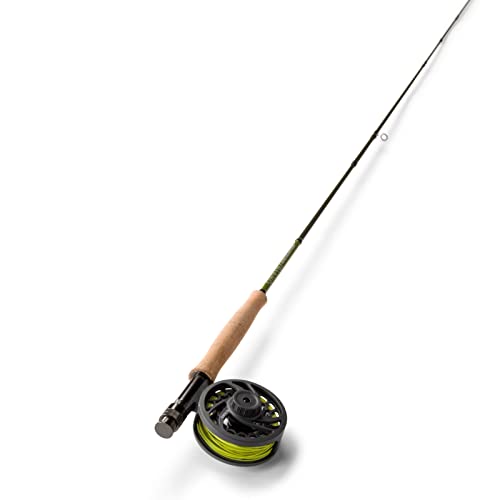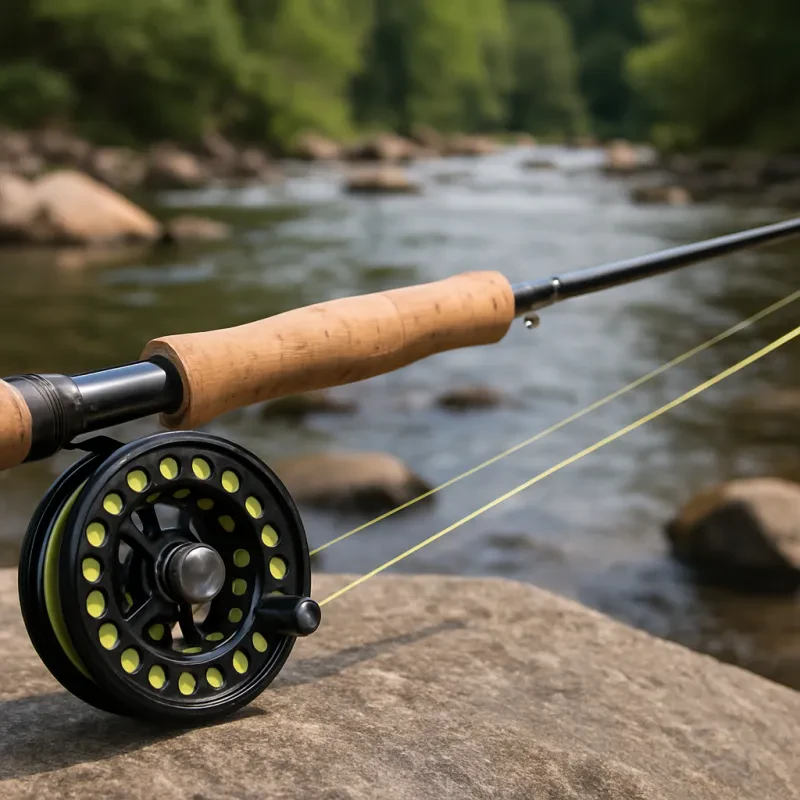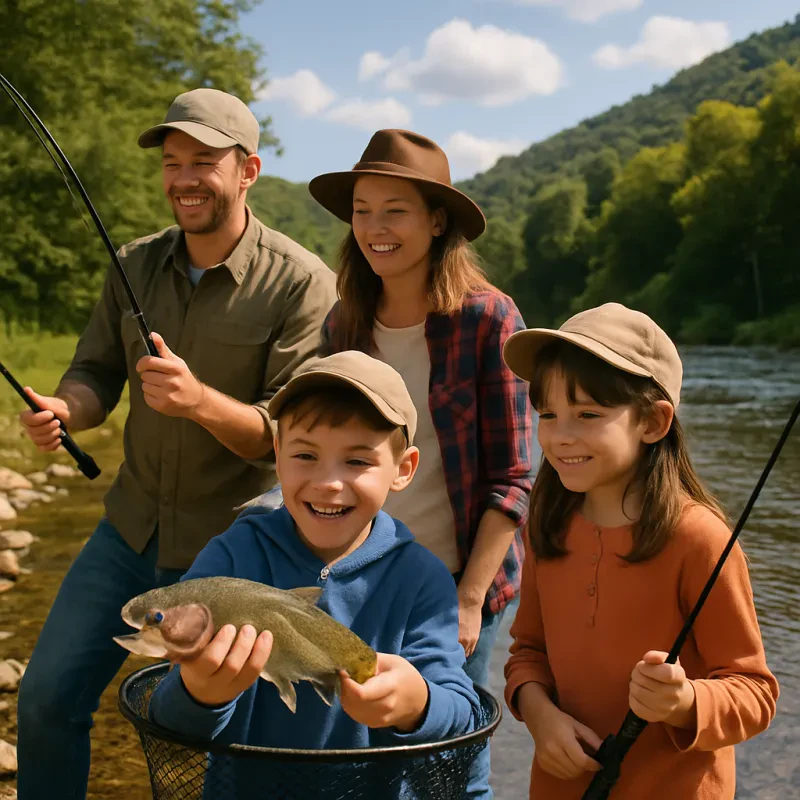Nestled within the Appalachian Mountains, West Virginia boasts a plethora of streams and rivers that are perfect for fly fishing. With its abundant trout populations and stunning natural beauty, the state offers anglers a chance to immerse themselves in one of the most fulfilling outdoor activities. From the remote wilderness areas to easily accessible spots near urban centers, West Virginia has something for every fly fisher. Let's dive into the top five streams that every angler should visit, complete with insights to enhance your fishing journey.
Elk River: A Year-Round Trout Destination
Prime Waters Below Sutton Dam
The Elk River shines as a premier destination, particularly the stretches below the Sutton Dam, where trout are stocked year-round. The river's consistent flow and cool temperatures create an ideal habitat for rainbow and brown trout, making it a hotspot for fly fishers. The accessibility of various sections allows for both wading and boat fishing, catering to all preferences.
Maximizing Your Catch
To increase your chances of success on the Elk River, focus on using nymphs and streamers that mimic the native aquatic life. The early morning and late evening hours during the summer offer the most productive fishing, as trout are more active during these cooler parts of the day.
South Branch of the Potomac River: A Diverse Angling Experience
A Mix of Species in Scenic Surroundings
The South Branch, particularly near Smoke Hole Caverns, presents a unique fishing environment with a variety of species including trout, smallmouth bass, and panfish. The river's diverse landscape, featuring both rapid flows and calm pools, challenges anglers while providing a serene backdrop for a day of fishing.
Tips for Success
To find success in these waters, be prepared to switch between different fly patterns. Observing the current hatch and matching your fly accordingly can lead to rewarding catches. Favorites among locals include woolly buggers and mayfly imitations, versatile choices for the varied fish population here.
Cranberry River: Remote Wilderness Fishing
The Allure of Seclusion
For those seeking solitude and a connection with nature, the Cranberry River is unmatched. Its location within the Cranberry Wilderness Area means less fishing pressure and more unspoiled spots teeming with native brook trout as well as rainbow and brown trout in the lower sections.
Strategy for the Wilderness
Reaching the prime spots on the Cranberry River often requires a bit of a trek, so packing light and planning for a day's journey is key. Small, lightweight flies that mimic the local insects are your best bet for enticing the trout in these pristine waters.
Williams River: Fly Fishing in Monongahela National Forest
Serenity Amongst the Forest
The Williams River offers a tranquil fly fishing experience deep within the Monongahela National Forest. This beautifully secluded river is abundant with trout and surrounded by the breathtaking scenery of West Virginia's wilderness.
Techniques for Clear Water
The clarity of the Williams River's water demands stealth and precision. Opting for longer leaders and finer tippets can help prevent spooking the fish. Both dry flies and nymphs are effective, but presenting them in a natural manner is crucial for enticing bites.
Shavers Fork of the Cheat River: Elevated Trout Fishing
Cool Waters at High Altitudes
Positioned at a higher elevation, the Shavers Fork benefits from cooler temperatures that are ideal for sustaining a healthy trout population. The river's accessibility, enhanced by the Cheat Mountain Club and public entry points, makes it a favorite among anglers seeking both convenience and quality fishing.
Timing Your Visit
Aligning your fishing trip with the Shavers Fork's notable hatches can significantly improve your chances of a successful outing. Being adaptable with your fly selection, ready to switch between dry flies and nymphs, allows you to respond to the day's conditions and trout activity levels.
West Virginia's streams offer a rich tapestry of fly fishing adventures, each with its own character and set of challenges. Whether you're drawn to the remote wilderness of the Cranberry River or the accessible waters of the Elk, preparation, and a willingness to adapt are key. Paying attention to local conditions and respecting the natural environment will ensure not only a successful fishing trip but also an enriching experience in West Virginia's great outdoors. Happy fishing!
